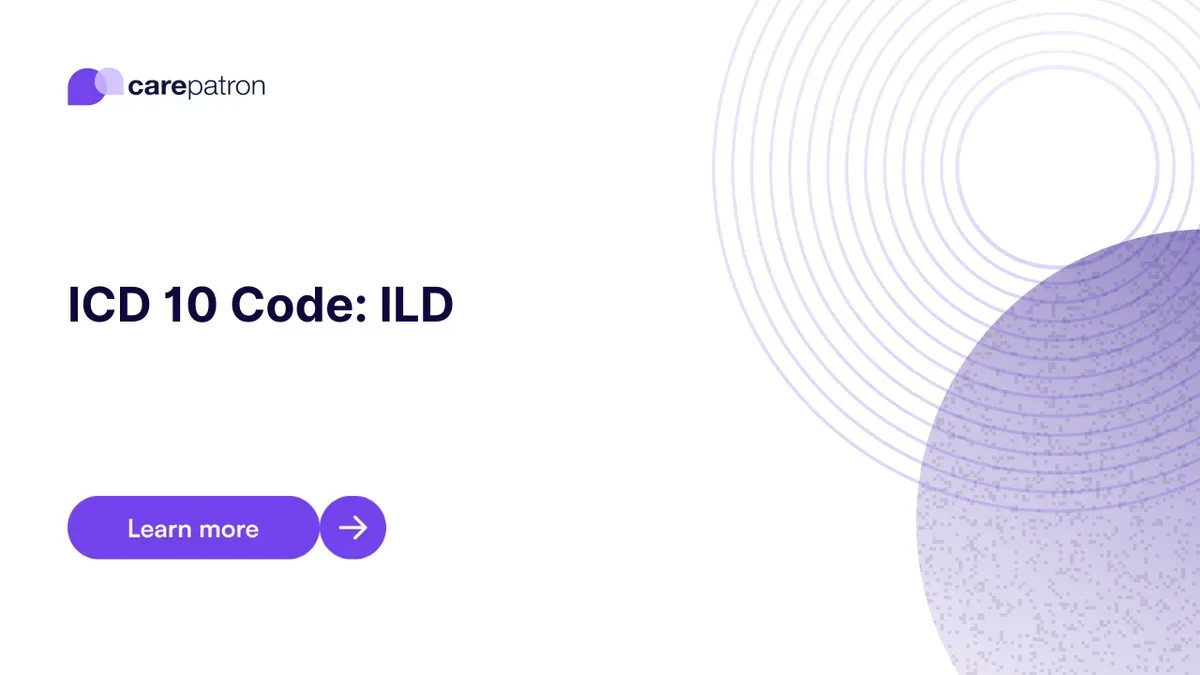
ILD ICD-10-CM Codes
Discover essential ICD-10 codes used for Interstitial Lung Disease (ILD). Proper coding for accurate diagnosis and billing. Learn more about ILD ICD codes.
Use Code
Commonly asked questions
Use an ILD ICD code when diagnosing a patient with any type of Interstitial Lung Disease to accurately document their condition for medical records and billing purposes.
Yes, ILD diagnoses are billable when submitting healthcare claims. Properly coded diagnoses are crucial for accurate billing and insurance reimbursement.
Common treatments include medications (corticosteroids, immunosuppressants), oxygen therapy, pulmonary rehabilitation, and, in severe cases, lung transplantation.
EHR and practice management software
Get started for free
*No credit card required
Free
$0/usd
Unlimited clients
Telehealth
1GB of storage
Client portal text
Automated billing and online payments
